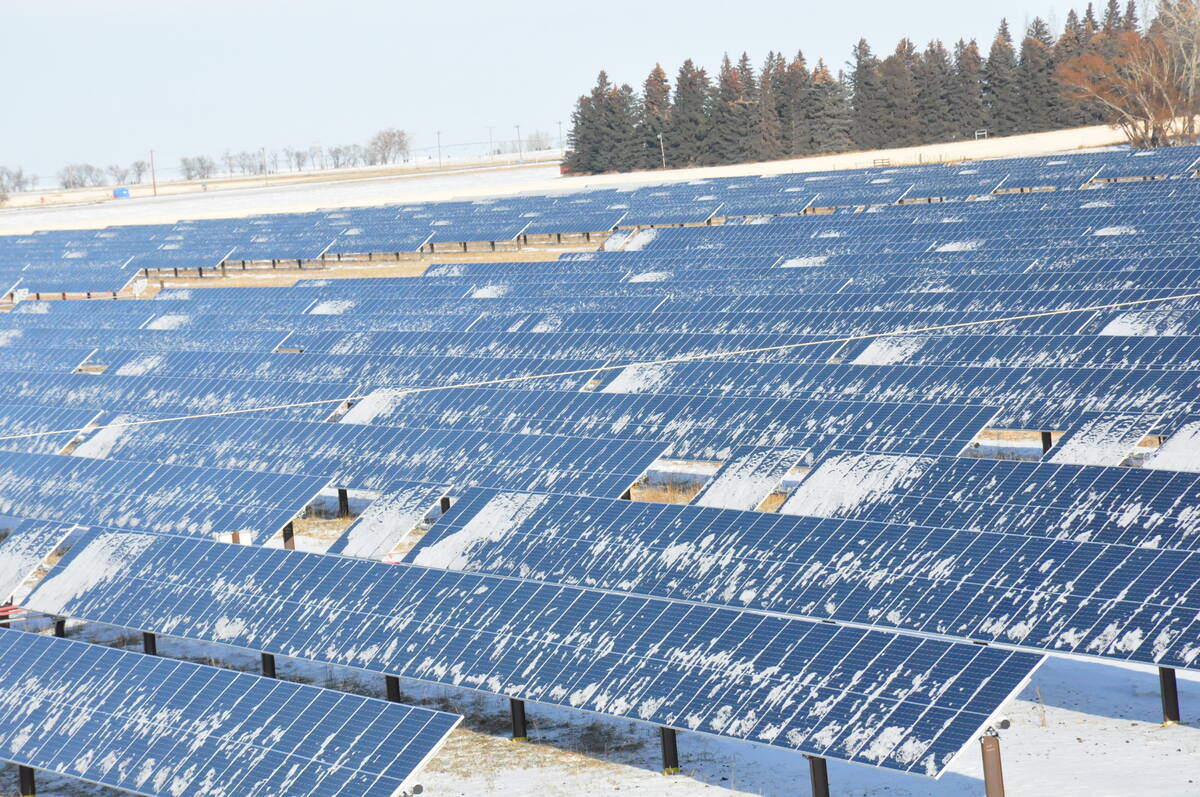When Steven Guilbeault recently mused about no longer funding new road infrastructure, I was curious.
How does the Minister for Environment and Climate Change have jurisdiction over transportation infrastructure? There is no mention or reference to roadways in his mandate letter from the prime minister. It is a mystery as to why he would suggest, outside of his mandate, the crippling of a nation when infrastructure has been repeatedly identified as a missing piece in our economic potential.
Our patchwork of roadways baffles Europeans, who do not understand why the main arteries were not a priority for the nation. For them, history dictated that when the Europeans rebuilt, they built well and for the future.
Read Also

Why agriculture is Canada’s energy ace
Why isn’t agriculture getting more play in Canada’s quest for efficient, renewable energy production? It should be
After the Second Word War, many countries established robust transportation systems to ensure the swift movement of people and goods. If you have ever driven the autobahn (which was built to land aircraft and carry vehicles), drifted through the port at Rotterdam or flown into Heathrow, you get this. They understood that massive infrastructure investment paved the path to the future and to prosperity.
In Canada, we have one ribbon of road that stretches from coast to coast known as the TransCanada highway — and that alone makes our global partners smirk and our system slow and vulnerable. Germany, a country one-tenth the size of Canada, has 13,000 kilometres of expressways, which is just a little less that the 17,000 km of expressways in Canada.
For all that we brag about our massive exports, including in agriculture, there are many bumpy dirt drives and multiple choke points on roads, rails and for planes and ports. In cities, planners always seem surprised by population growth, ignoring the simple fact that 80 per cent of Canadians are urban.
For agriculture, the tone of this proposal and the distant politics makes for a challenging brew. The great divide in policy appears to be driven by lack of knowledge of who and what Canada is. A diverse country that covers 362 million hectares, Canada has the longest shoreline in the world, which includes those of our 52,455 islands. We are home to one fifth of the global fresh water supply and house the third largest forest in the world.
Globally, we are a food and commodity production powerhouse although just seven per cent of the land is arable. Our farmers grow an abundance of foods on a limited land base. Food and food commodities need to be transported down country roads to highways, rails and ports to feed the domestic and export market.
Internally, national trade is already crippled by interprovincial regulations, but the real roadblock is lack of existing infrastructure that moves agricultural and agri-food commodities and products and promotes value adding.
If anything, our nation needs more interest and investment in transportation infrastructure, especially those projects linked into communities so they can add value to product and then ship it.
To be fair, there must be municipal vision as well as federal support. Looking at the numbers, the last measurable investment by Canada into infrastructure was between 2008 and 2013. From the perspective of food security, this is concerning.
There are a number of communities who count on ice roads in winter, barges in summer or are fly-in year-round for all their food needs. Turning a blind eye to these largely Indigenous communities within a nation, who desperately need road improvements, directly contradicts the Indigenous mandate of this minister.
As neighbours and friends, we see the injustice in segregation by boundaries, many of which are drawn because the infrastructure does not exist to bring us together. When it comes to food and farming, we are not going to get on a bicycle, in winter, with a tonne of grain or 5,000 heads of lettuce, 65 cows or 60 litres of wine and pedal our way to prosperity.
From the political perch, the feelings of being superior or entitled is a grand thing – until the folks who feed you are gone.
Lack of road investment won’t kill agriculture but it may hamper what’s possible. We need forward-thinking policy that is reflective of the industry and societal needs of today and tomorrow. Federal investment in infrastructure is essential so we keep both our competitive edge and our own people fed.
It might look like another lane on a freeway going into a city is not connected to the farm, but that is not true. A joint report with the Canadian Agricultural Partnership reminds us: “Modern transportation infrastructure, including roads, bridges, railways, waterways, harbours, ports and airports, connect farmers in rural areas to processing operations in industrial areas.”
Transportation also connects farmers to customers, both domestic and foreign. Infrastructure deficiencies have been identified as an impediment to agriculture within Canada for decades. Most farm commodities and food in Canada move by truck, even if just to get it on a train, and timely delivery is paramount so everyone has access to food.
This policy does not serve the Canada we live in nor does it reflect a knowledge of the systems we need.
– Brenda Schoepp works as an international mentor and motivational speaker. She can be contacted through her website at brendaschoepp.com. All rights reserved.















